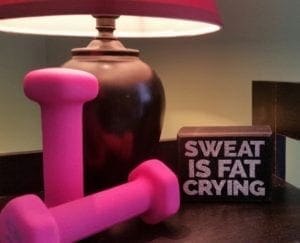Most recently updated March 21st, 2023
Estimated Reading Time: 10 minutes
These days, it’s more important than ever to maintain good health and fitness, no matter what your age.
But you’re busy, and can’t possibly squeeze in time for fitness training around your demanding job, family and household duties. I get it.
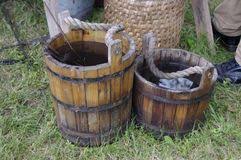
Inundated with things that we have to do, it’s easy to put off optional activities – including taking better care of ourselves physically.
But if you (like me and many other older adults) want to enjoy bucket list adventures that include active travel and hiking in remote places, it’s time to start training!
Each year, starting January, I do an 8-week hike training program to get ready for upcoming Spring hikes – and beyond!
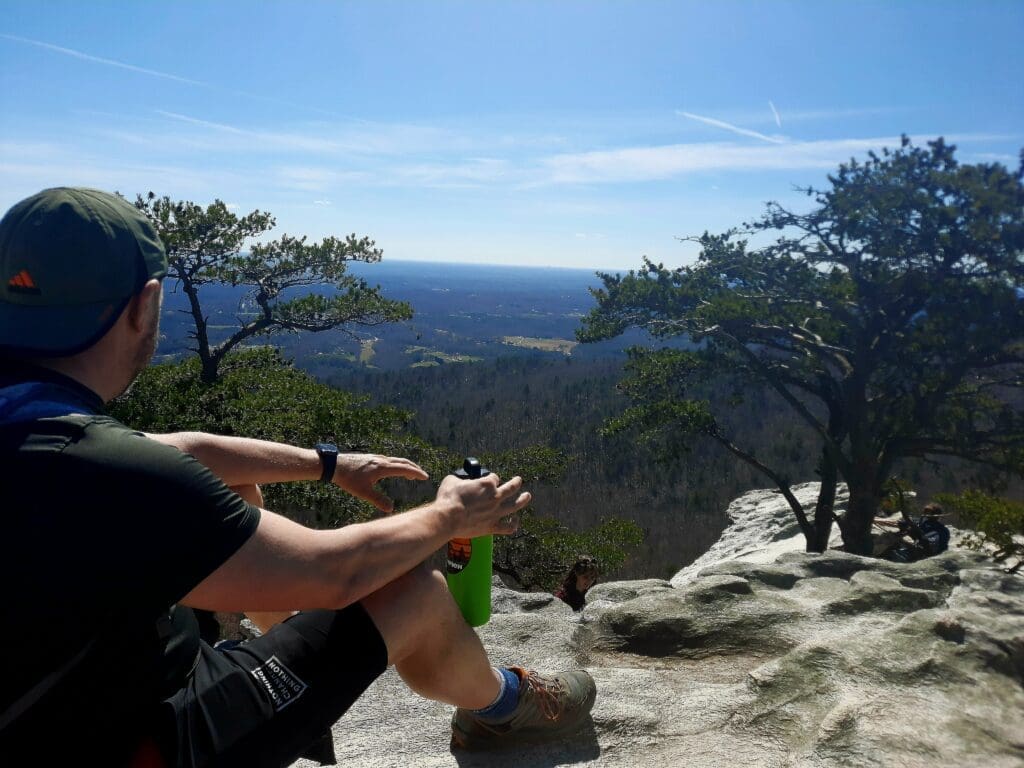
It’s really to get fit for outdoor adventures in any month after weeks of Winter hibernating and celebrating 🙂
Read on to learn how you can personalize your training, with our without my 8 week plan, to help you get ready for adventure at any age!
Some of my posts contain affiliate links. If you make a purchase through an affiliate link, I will receive a small payment at no additional cost to you. I do not get paid for recommendations, all opinions on this site are my own. See full Disclosure page here.
EXERCISE AND AGING
Due to a lifetime of chronic severe asthma, I’ve been forced to pay close attention to my diet and exercise habits just to stay out of emergency rooms.

Being more ambitious than that, I’ve taken extra steps to live the active life I love for as long as possible. And it’s been worth it!
For one thing, I’m still breathing.
I’ve also cut medication down to almost nothing, and have a lot fewer attacks.
Another positive side-effect of my anti-asthma regimen is that now – according to my doctor – I’m in a lot better shape in my mid 50’s than many of my contemporaries.
Sadly, when they finally do have the time and freedom, some retirees no longer have the physical ability to pursue their bucket list dreams. This does NOT have to happen to you!
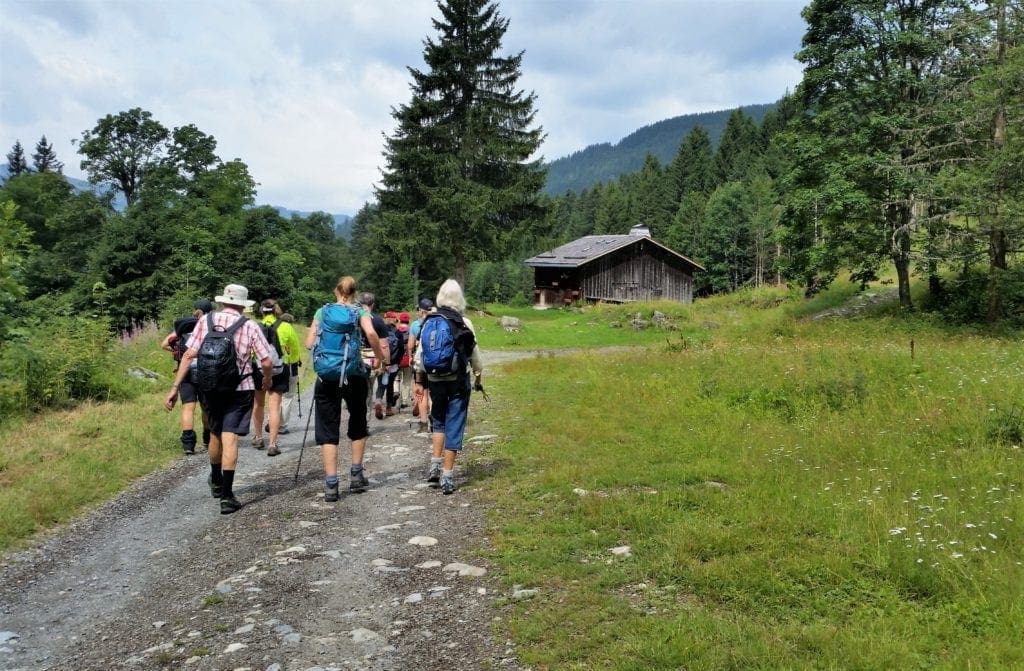
Aging, like chronic asthma, is a condition that can be managed to a large degree through diet and exercise.
Of course, there is no “cure” for either one.
The key is to manage what we know are our highest risks by strengthening the core systems that support us, and avoiding known health threats.
(In the video above, I opted to go to Stone Mountain instead of a planned trip to Montana – which was on fire at the time.)
If you’re approaching retirement or newly retired, my 8 week hike training plan could help you get ready for your adventures!
Take a look at my 8 Weeks to Awesome Training Plan post, if you want to see what this personalized hike training is all about.
(For your convenience, you can click here to sign up and download your FREE “8 Weeks to Awesome” PDF file.)
To Track Your “Awesome” Progress at Home Click Here!

You’ll get instructions and three printable trackers:
-
- Your Hike Plan Worksheet
- Daily & Weekly Workouts
- Weekly Meals tracker
Happy training! LJ
IDENTIFY YOUR HEALTH THREATS
Everyone has existing health conditions that are specific to them, or that they are likely to run into later in life based on family medical history.
Your exercise and diet should be tailored to combat those things you’re likely to have trouble with as you age.

For instance, my known condition is chronic asthma, and my family has a history of heart disease.
So no matter what else is going on, I make sure to get enough daily exercise to keep my lungs clear and heart strong enough to survive another catastrophic respiratory failure.

I also cut things out of my diet that are known to contribute to decreased lung function and high cholesterol.
And of course, I try to put only clean breathable air in my lungs!
To combat aging, generally, you want to keep your heart pumping and your muscles strong and flexible.
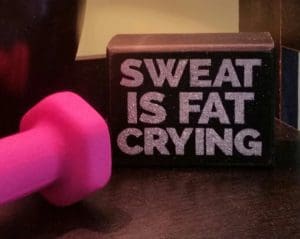
So in addition to the cardio and nutrition for my lungs and heart, I do stretching exercises (Pilates, yoga) and light weight-lifting to stay flexible and strong.
Most of the time I work out in my home gym, because nobody needs to see me in spandex 😉

For older women, let me just say this:
It’s not your imagination, menopause does make it harder to get fit and stay lean!
The good news is most experts agree that exercise helps with menopause symptoms.
Consult your physician, herbalist, and nutritionist for help with energy and hormone balance – and keep moving!
It’s a mysterious combination of things that all need to be done just right, and everyone is different. May the Force be with you.
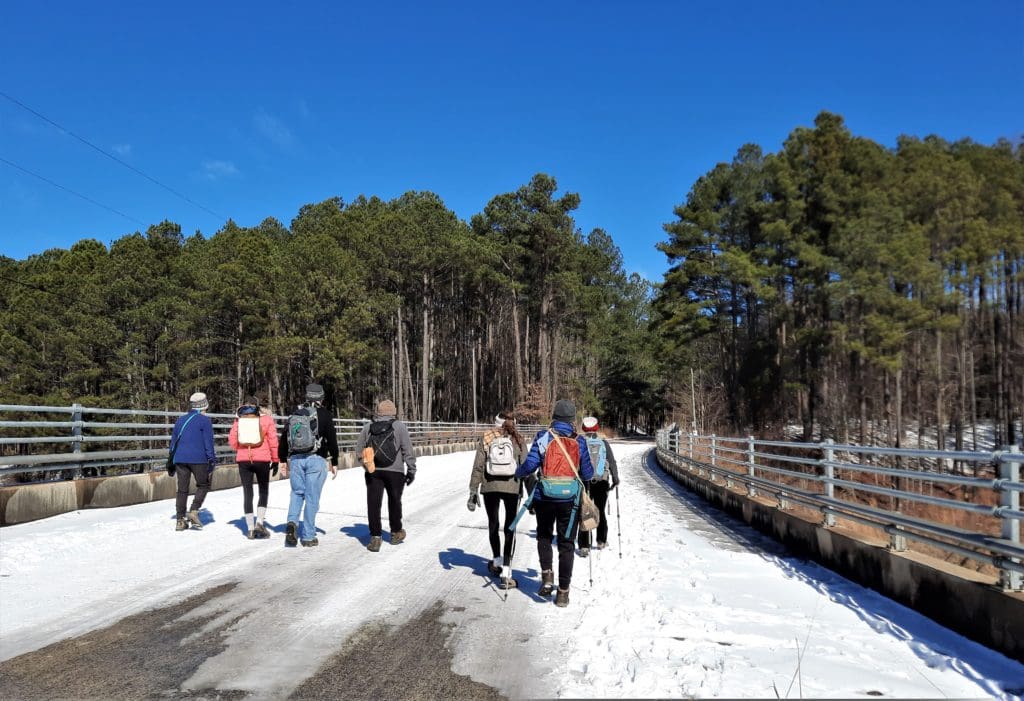
THE RIGHT EXERCISE IN THE RIGHT AMOUNT
If you already follow an exercise plan, that’s great! If you haven’t started yet, I’m glad you’re here!
In either case, if you’re reading this article, I assume you’re looking for ways to improve.

For your reference, the Center for Disease Control (CDC) recommends the following minimum amount of exercise for 50-64 year olds with a chronic condition:
- For Cardiovascular health: Moderate intensity aerobic exercise (brisk walking, swimming, or bike riding) for 30 minutes per day, five days per week OR Vigorous intensity aerobic exercise ( i.e. running) for 20 minutes per day, three days per week.
- Strength training: Eight to ten strength training exercises (resistance exercises, working with dumbbells or weight machines) two to three days per week. These exercises support maintaining muscle mass, bone density, and overall physical functioning.
- Flexibility: Stretching exercises for 10 minutes daily to maintain range of motion.
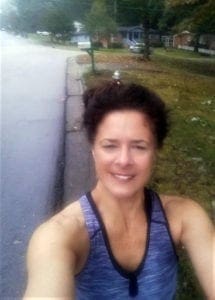
Don’t be discouraged if your routine is not up to the minimum standards yet.
It’s a good goal to shoot for.
If anyone gives you crap about the time you’re spending, you can say the CDC recommends this for your health.
I do more than the recommended aerobic exercise to maintain a higher level of cardio fitness because that’s where my illness makes me most vulnerable – and I also enjoy hiking long distances at a fast pace.
You should focus on strengthening the areas that are most vulnerable for you, preferably while doing something you enjoy.
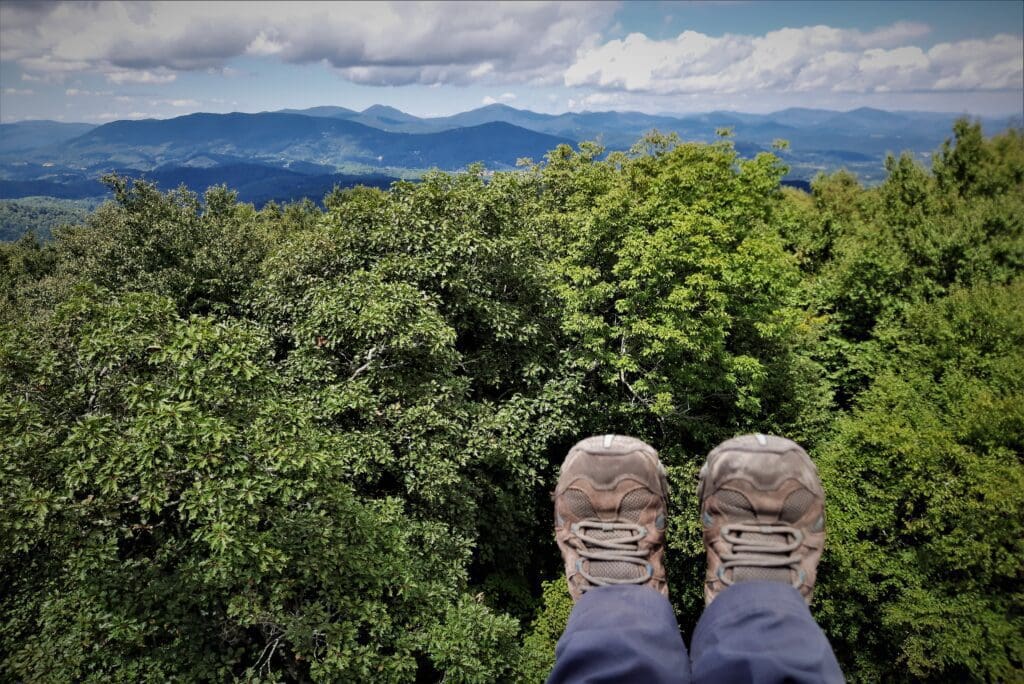
Creating a Schedule and Setting Goals
Having a specific goal – like a hiking trip or a race – helps me stay on track.
Sometimes I’ll even create a special training plan to prepare for a special trip or event that includes some weight loss goals, too.
A general or long term goal – even one as compelling as surviving the next attack – loses potency over time.
Get The FREE Hike Training Plan PDF!

Everything that you need to start your 8 Week training is included in this post.
But it’s a long read and may be inconvenient to refer to while you’re training.
For your convenience, you can click here to sign up and download your FREE “8 Weeks to Awesome” PDF file.
Then you can print it out and refer to your plan anytime you want. Happy training! LJ
When you get tired of your routine (slacking off or skipping some parts altogether) pretty soon you’ll need remedial training.
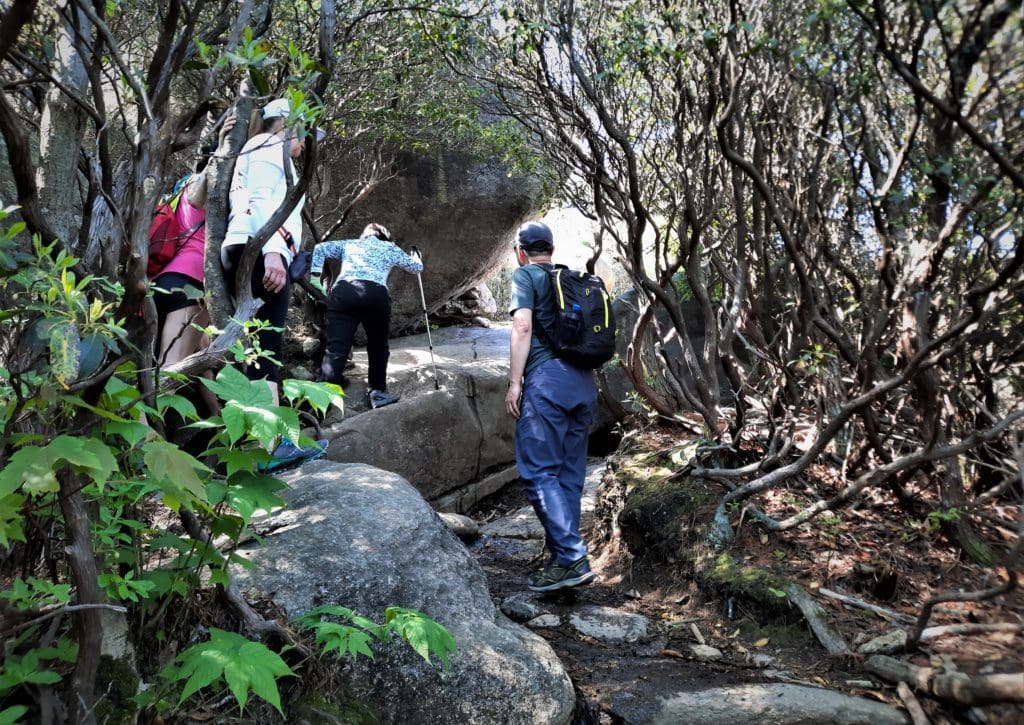
And nothing is more of a drag than trying to regain lost ground! Consistency and intensity is the key.
Suggested Workout Schedule for Maintenance
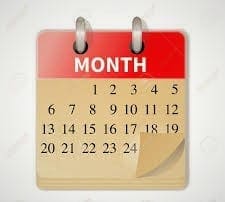
- Monday: Aerobic exercise day. 30 mins (brisk walking, cycling, or swimming). 10 minutes flexibility.
- Tuesday: Strength training day (gym). 10 mins flexibility exercise.
- Wednesday: Aerobic exercise and 10 mins of flexibility exercise.
- Thursday: Strength training day and 10 mins of flexibility exercise. (Maybe add a Zumba class or a Spin class if you’re bored.)
- Friday: Aerobic exercise 30 mins and 10 mins of flexibility exercise.
- Saturday: Aerobic exercise extended – hike, golf, bike with friends or family. (Organize an athletic outing with people who only have weekends free.)
- Sunday: Aerobic exercise for 30 mins, 10 mins of flexibility exercise.
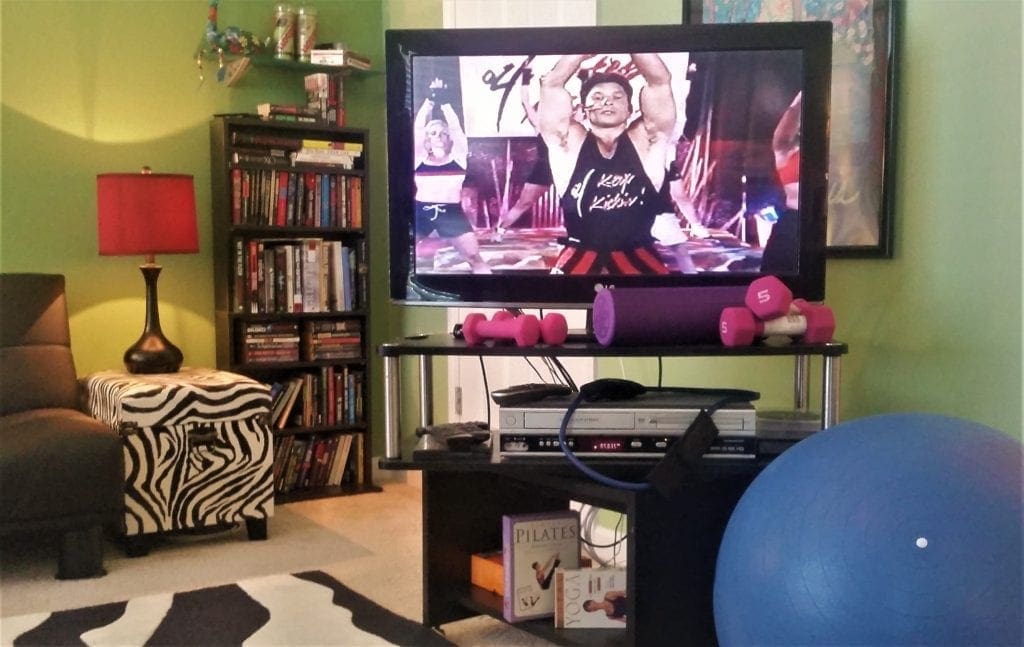
Add to Your Workouts to Achieve a Goal
The maintenance schedule above (based on the CDC minimum) only specifies one workout per day.
If you’re working towards a goal, you can add more workouts each day or a few times per week – do one in the morning and one later in the day.
I do my harder workout early in the day, before other activities steal my focus. The early workout is also usually on my own, the lighter workout can be with other people and more social.
You can also extend or intensify your workouts: If you were doing 30 mins of cardio increase to 45, then 60; if you were using 3 lb weights, increase to 5 or 10 lb; increase your stretch exercise time and reps.
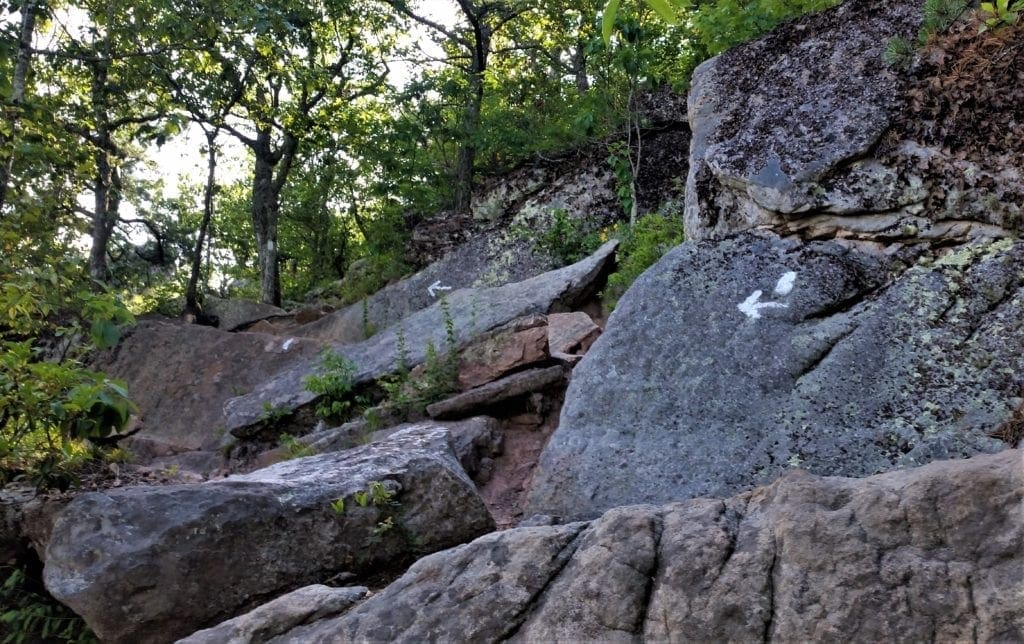
Either extending your workouts or adding more per day will increase your time commitment.
You can also add weight or vertical gain to a hike or run if you don’t have more time to spend.
Once you have reached your goal, you can back off the extra activity, unless you just decide you like it!
BUSY SCHEDULE WORK OUT PLAN
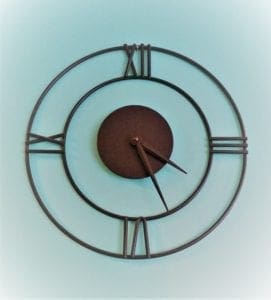
One of the common reasons people give for not getting regular exercise is that they have no time for it.
It’s much easier to put in extra time if you’re already retired or work from home and can set your own schedule.
If your free time is limited, here are some suggestions for making time to exercise:
-
- Get up earlier – When I had to drop kids off and be in an office every morning, I got up an hour earlier and did my main workout while everyone else was unconscious.
- Watch less television – or spend less time on social media.
- Multi-task – watch movies or TV while you are on a treadmill, or combine social and exercise time by working out with friends.
- If you have kids – exercise at lunch time while they are at school; also many gyms offer childcare.
- Run/exercise with friends who have older kids – they could watch the younger ones while you are working out.
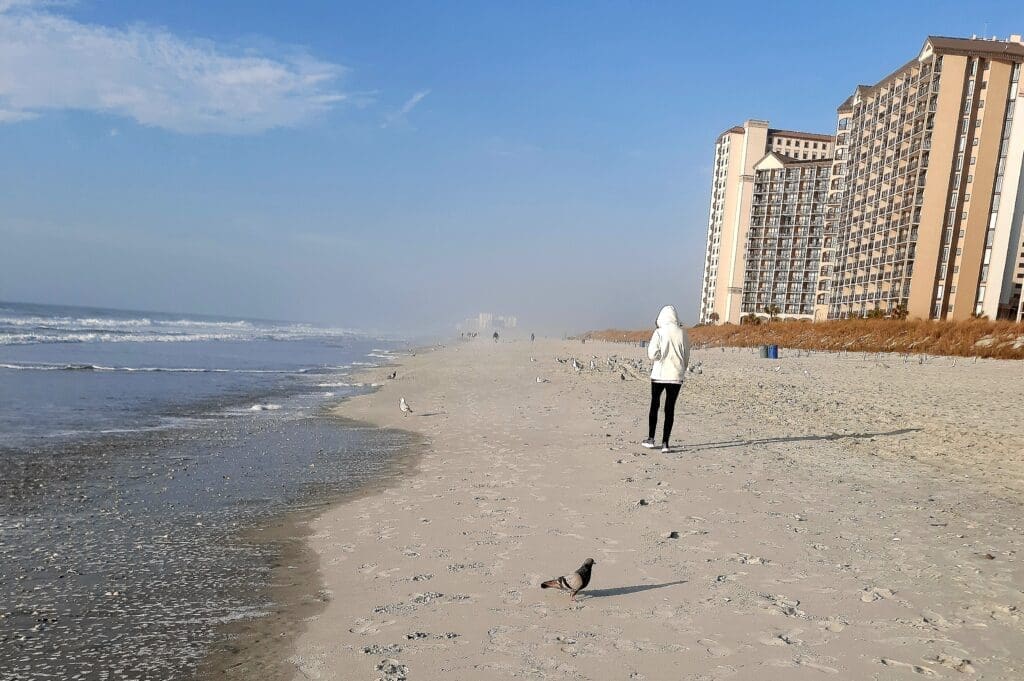
Where to exercise
There are more options than ever for places to exercise, though given the choice I think it’s always better to exercise outdoors.
Here are a few exercise locations that I use:
- Gym/Live classes – I belong to a 24 hour gym that is less than 2 miles from my house. It is very inexpensive and provides access to cardio machines, weights, stretching mats, and classes. (Also good for free wifi and electricity and a shower if my power goes out.) I only go to the gym as a last resort if weather is too bad or time is too short to get outdoors, and I am sick to death of my home gym.
- Home Gym/DVD classes – I got my first gym-quality machine – a Stairmaster – when it became clear that if I wanted consistent access to aerobic workout, it would need to be at home (with the baby) either before or after the workday. I have worn out three machines since then! Also in the room is a small TV and DVD player, so I can pop in my kickboxing and Pilates tapes. Some interlocking foam squares on the floor create a small workout space. Even though the babies are grown up, the home gym is still the quickest way to get a workout in first thing.

Photo from my home gym. Really. - Outdoors – I can step out my front door and run or walk for as long as I like. There are also multiple greenways and parks close by that I could walk, run or bike on. Given good weather and enough time, exercising outdoors is always my preference.
- Enclosed malls – If all else fails, I can walk in the mall. This is more likely to happen if I am travelling and there is no gym available, and outdoors is also not an option.

When I’m travelling and have extra time to kill at airports, I walk a few miles in the terminal to make forced immobility on the plane more bearable.
This is the absolute last resort for stretching my legs, but it is better than just sitting.
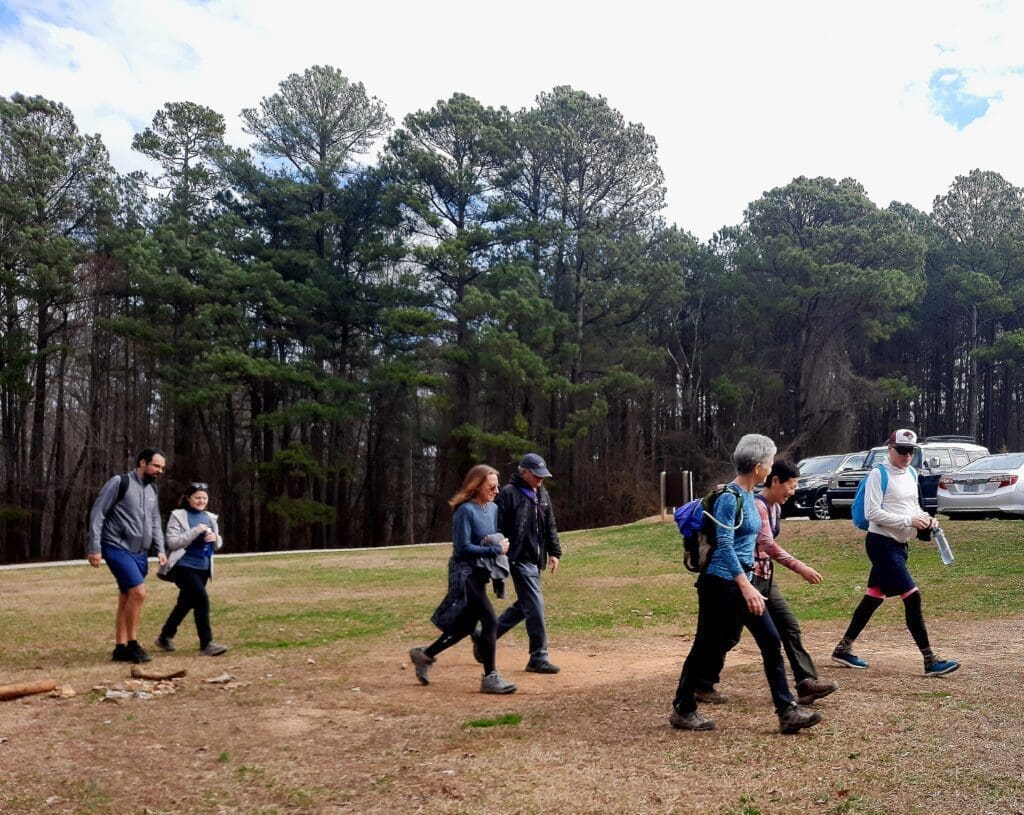
BE ACTIVE ON PURPOSE
Another thing to take into account if you’ve already retired is that you’re now missing some work-related activity you didn’t even think about: carrying your computer bag and purse, walking from the car to the office, perhaps walking up and down stairs.
You’ll have to replace that activity in your new life by walking around and getting out just as much or more than when you were in the office.
Here are some ideas:

- Walk the dog: Your dog can use more activity, too. Take extended walks, or go out more often. (Be sure to check out the Walk for a Dog app to give points to your local shelter every time you take your puppy out.)
- Walk or bike for nearby chores: Go to the store, bank, post office and other local spots. Get a backpack or bag to carry your purchases home.
- Home improvement and organizing: Use your time and muscles on the gardening and home projects that have been on hold for years.
- Volunteer: See what Volunteer opportunities are available that will get you moving. Animal shelters, public schools, libraries and Senior Centers are a few possibilities.
- Explore Locally: Use your new free time to explore parks, attractions and historic sites in your area that you previously haven’t had time for.
- BUCKET LIST!!! Last but not least, make a plan to get out in the world and have some of those adventures on your bucket list.
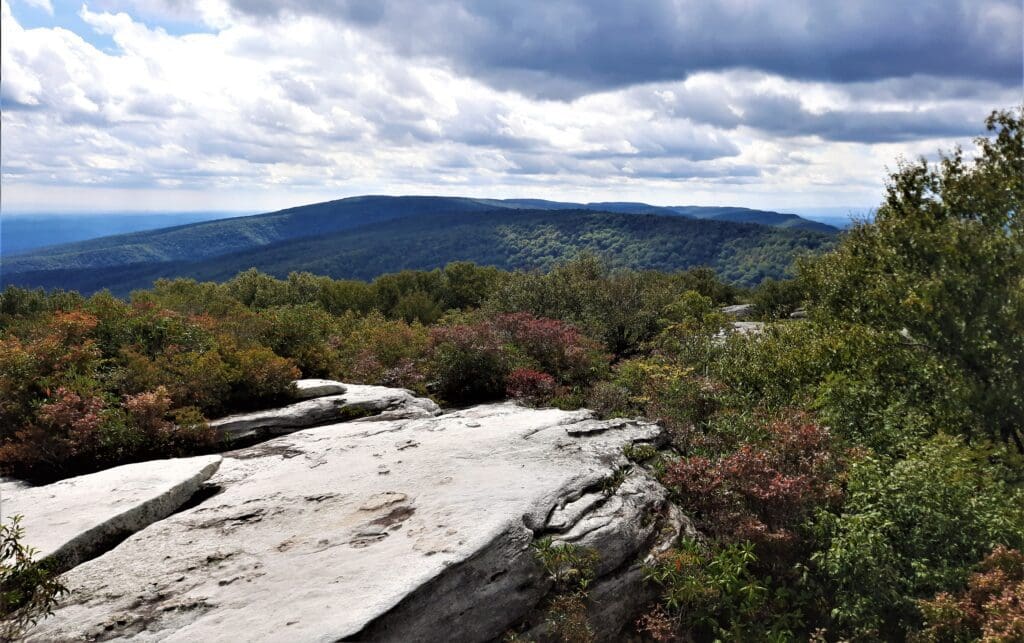
I hope this information has been helpful to you. Send me a note and tell me about your bucket list!
For more ways to get fit and stay healthy, check out the Fitness and Wellness page.
If you are facing asthma or other breathing challenges, my post about Hiking with Asthma could help you, too.
Thanks for stopping by and see you next time! LJ
To Get New Idratherwalk Posts
sent directly to your inbox (how convenient!) Click this Button
If you like this post, please share it!
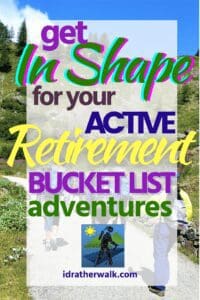
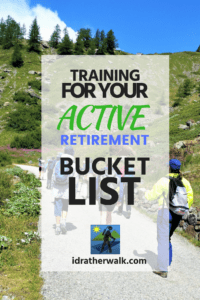
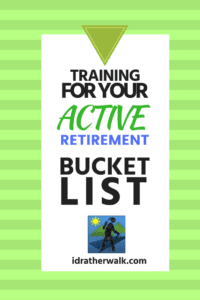
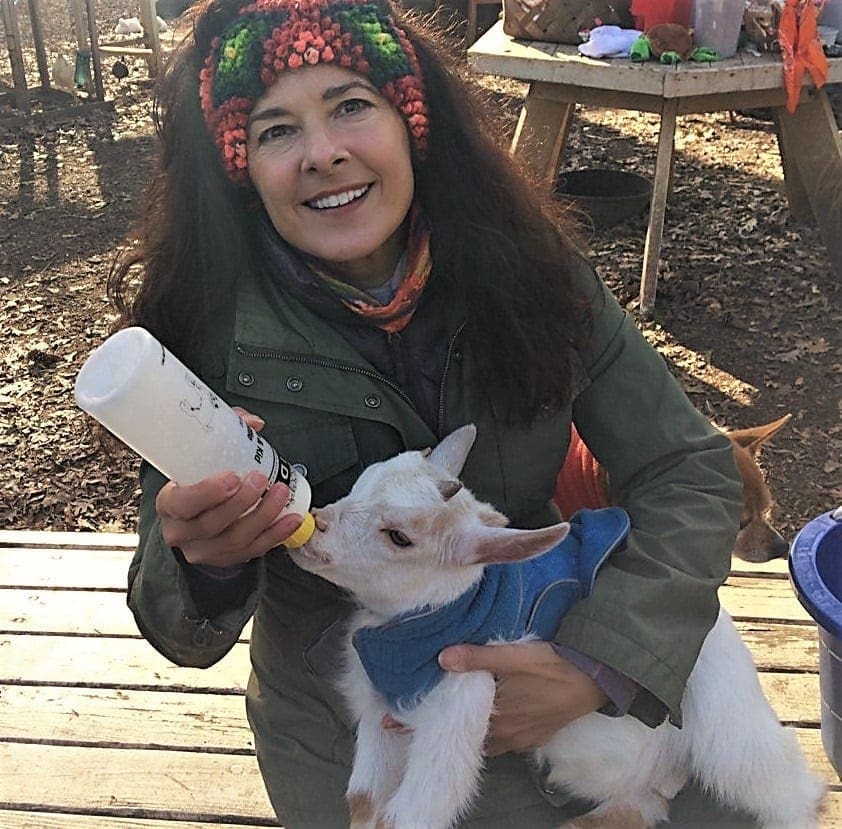
LJ has spent much of her free time as a single Mom – and now as an empty-nester – hiking in the US and around the world. She shares lessons learned from adventures both local and in exotic locations, and tips on how to be active with asthma, plus travel, gear, and hike planning advice for parents hiking with kids and beginners of all ages. Read more on the About page.


